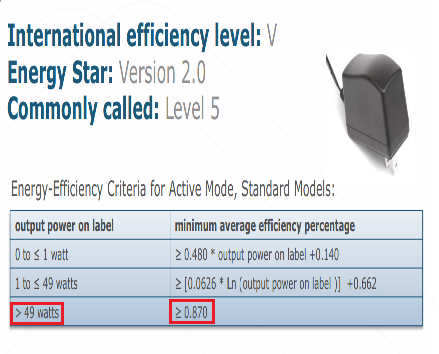zarx said:
|
the LOD and the passes for the material(also mentioned there by gpu gems)are few of the examples i could put, there are many other examples i can put here were you can see that lowering the passes saves up shader power that can be used for other rendering purposes, but will take some space here that i am not sure everybody will bother to read
And yes, of course that defered rendering is not perfect and besides the problems with huge bandwidth requirements you also have issues like alpha blending and msaa, but there are good solutions for that, instead of msaa for example you can use temporal antialaising, which laos is cheaper than msaa and is better suited with defered rendering, FXAA or Fast Approximate Anti-Aliasing is also a good option
As for the transparency, well you can combine defered and forward rendering, forward rendering would be just used for the parts where you need transparency or can use some other solutions like the ones found here
http://www.csc.kth.se/utbildning/kth/kurser/DD143X/dkand12/Group1Marten/final/final_TransparencyWithDeferredShading.pdf
"
How can we render transparent object using deferred shading?
Within the frame of this project, several techniques for rendering transparent objects
were examined on their advantages and disadvantages. Below we suggest a
review of previous studies on deferred shading as well as some of the practical solutions
for application of this technique in transparency. We propose a prototype of own developed technique for rendering of transparent objects. The built of our
deferred shader is described along with actual integration, of the front renderer and
deferred shader techniques, is explained in particular. We discuss the test results of
our prototype in terms of performance and image quality and describe the model
we used for this testing.
Rendering transparent objects with deferred shading impose some problems as the
depth-buffer used for rendering during deferred shading only supports one fragment
at a time. In our work, we have chosen to use alpha-blending in a post pass using
front rendering. Despite the flaws of alpha-blending, it is still very straightforward
and is easy to implement into a deferred shader. In the next section we discuss
basic functions of our algorithm
Deferred shading with Front Rendering
The front render is used to process transparent objects and fits well into the deferred
shading pipeline. It renders all opaque objects first with the deferred shader
and then renders the transparent objects on top using the front renderer. This is
important as the depth buffer has to be filled with opaque objects first, to prevent
rendering of non-visible transparent objects. When the front renderer is performed,
the final picture can be rendered to the frame buffer for display.
The implementation has the following rendering stages:
1. Render all opaque geometry to the G-Buffer
2. Bind the G-Buffer as texture. For each light in the scene draw a full screen rectangle
and calculate lighting at each pixel using the data from the G-Buffer. Save
result in the P-Buffer.
3. Sort all transparent entities in back to front order.
4. Render all transparent geometry using the front renderer. Blend the result to the
P-Buffer using the depth buffer to filter out any non-visible transparent geometry.
5.-Copy P-Buffer to frame buffer.
"


















